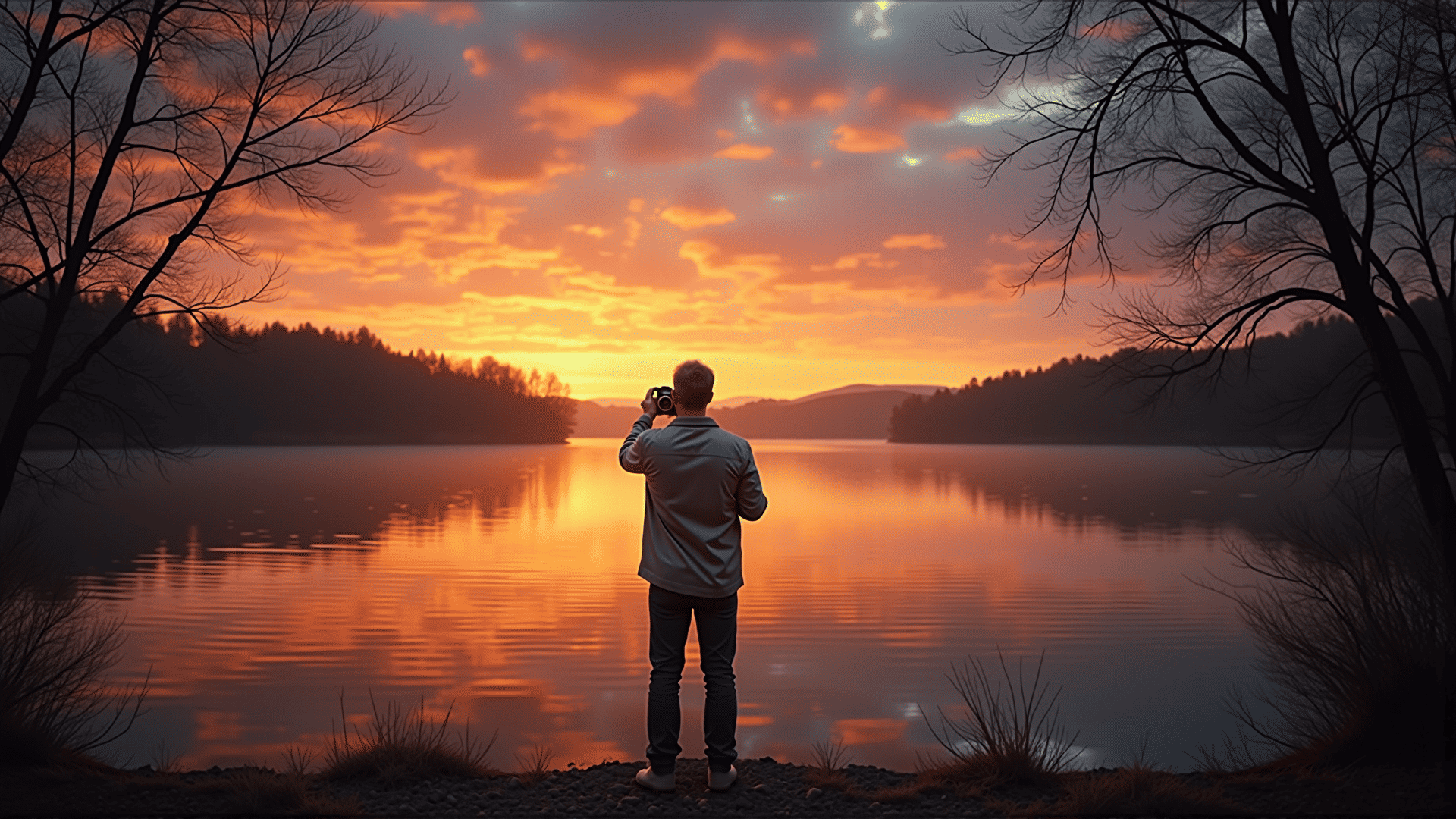Understanding the essential elements of photo composition can transform your images from mere snapshots to captivating narratives. It allows photographers to guide the viewer's eye through the photograph, highlighting essential elements and evoking emotions. Below are several principles that can help shape and refine your photographic compositions.
Rule of Thirds
The rule of thirds is one of the most fundamental composition methods. By dividing an image into a 3x3 grid, you can place key elements of your photo along these lines or at their intersections. This technique helps create a pleasing balance and guides the viewer’s eye through the picture. Utilizing it can result in more engaging and dynamic compositions.
Leading Lines
Leading lines are natural lines within an image that guide the viewer’s eyes towards the main subject. These can be anything from roads and rivers to architectural lines and shadows. They help to establish depth and draw attention to the point of interest.
Framing
Framing involves using elements within a scene to create a natural frame around your subject. This could be anything from a window or a doorway to branches or foliage. It adds depth and context, helping to focus the viewer's attention on the subject.
Symmetry and Patterns
Symmetry can evoke a sense of harmony and balance, while patterns can lead to captivating compositions that hold a viewer’s attention. Recognizing these elements within your scene can add a layer of complexity and aesthetic appeal to your photographs.
Balancing Elements
It is crucial to balance out the visual weight of elements within your scene. If you place a subject on one side of the frame, try to counterbalance it with a secondary subject of lesser importance on the opposite side. This prevents the image from feeling lopsided and maintains visual harmony.
Background Use
The background can either detract from or enhance the subject. Pay attention to the background to ensure it complements the subject. Simplicity in the background often allows the subject to stand out more.
Depth
Having different elements in the foreground, middle ground, and background adds depth to a photo. It makes a two-dimensional image appear more three-dimensional, providing the viewer with a greater sense of space and perspective.
Color and Contrast
Color can be used to set the mood and tone of an image. Complementary colors can create powerful visuals, while contrasting shades can make certain subjects pop. Consider the palette you are working with and how colors interact with each other to enhance your images.
Mastering these aspects of composition provides a strong foundation for creating images that are not only visually appealing but also tell a powerful story. By applying these principles, photographers can elevate their work and engage viewers with greater impact and intention.
